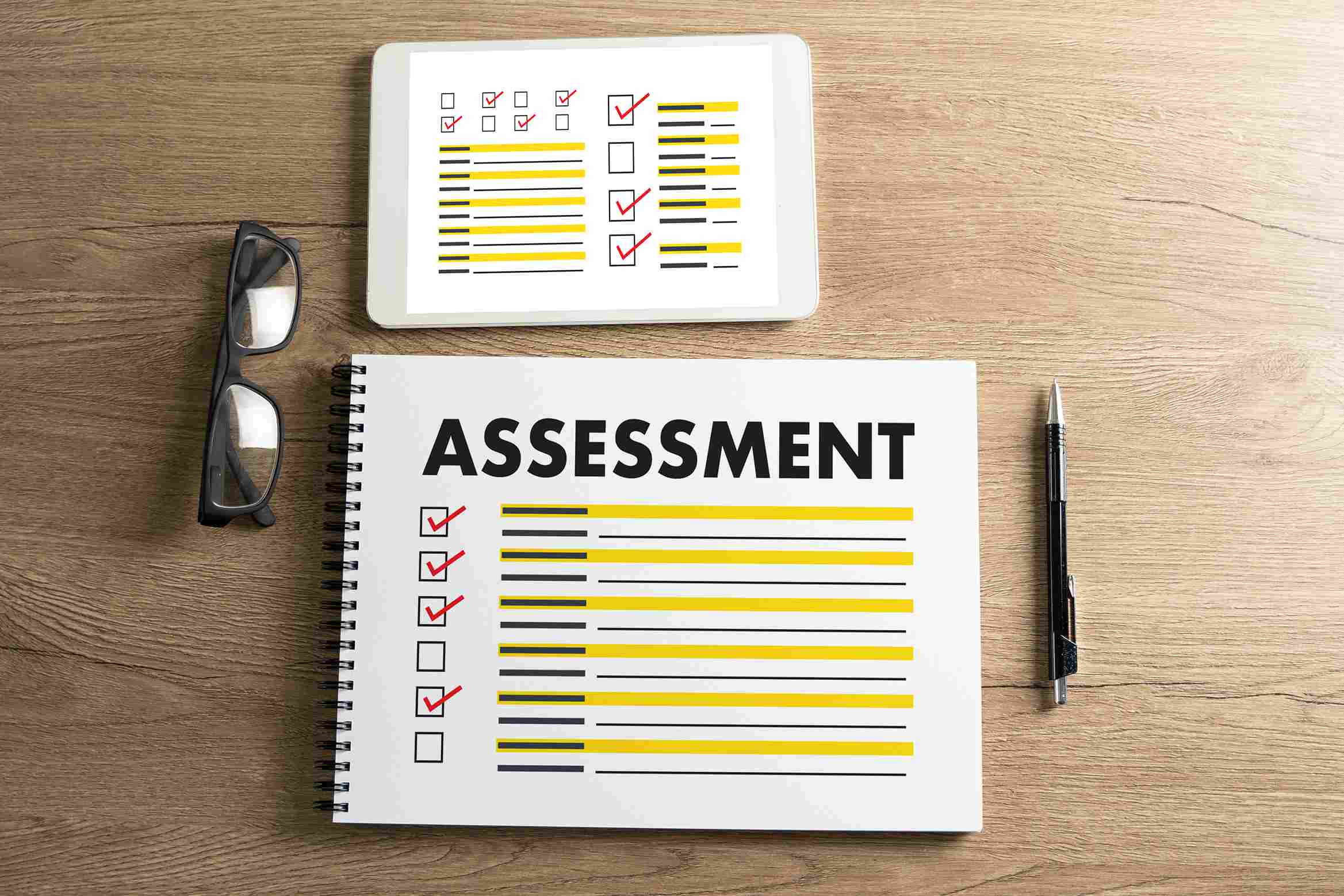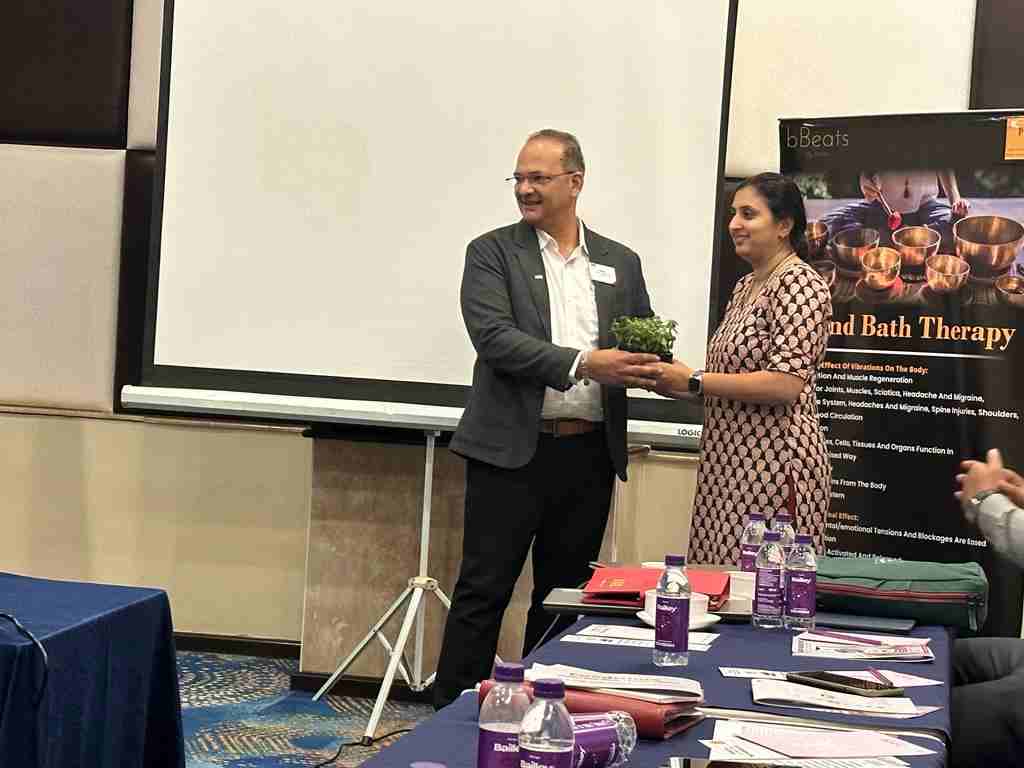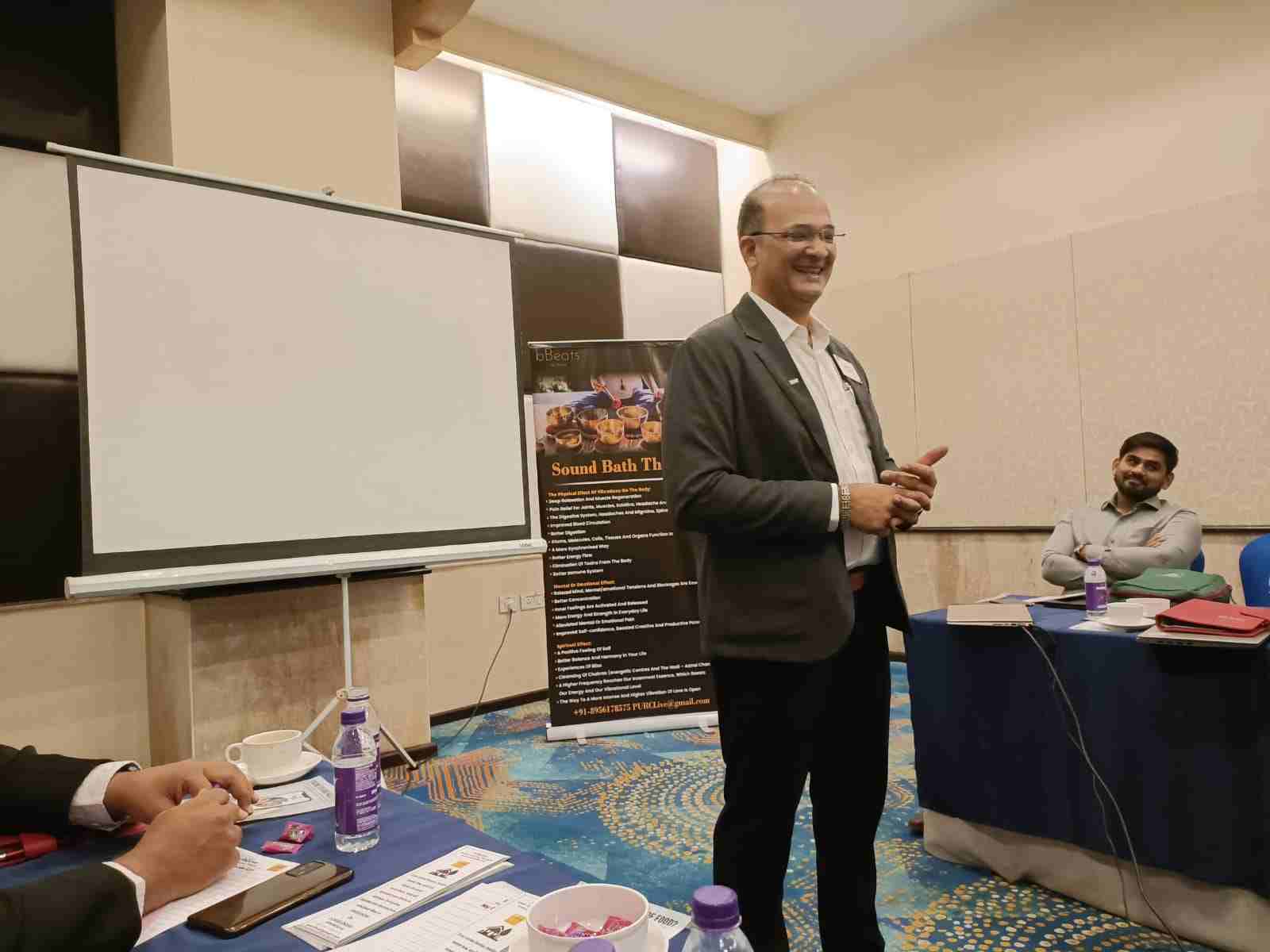Corporate Services

Competency Based Assessment
Competency-based assessment (CBA) is a type of evaluation that focuses on an individual’s knowledge, skills, and abilities in a specific area of study or work. The purpose of CBA is to measure a person’s ability to perform specific tasks or duties related to a particular competency or set of competencies. CBA is often used in educational settings to evaluate student learning and in the workplace to assess employee performance.
CBA typically involves a structured approach to assessment that includes a set of criteria or standards that the person being assessed is expected to meet. These criteria are typically developed based on industry or job-specific standards, and may include knowledge, skills, and behaviors that are considered essential to perform the job effectively. The assessment is usually conducted through observation, demonstration, or through a combination of both.
The main advantage of CBA is that it provides a more accurate and reliable measure of an individual’s abilities and performance in a specific area. Unlike traditional assessment methods, which often rely on exams or tests, CBA focuses on real-world tasks and situations. This means that CBA provides a more comprehensive and practical evaluation of a person’s abilities and knowledge.
CBA can be used in a variety of settings, including education, healthcare, and the workplace. In education, CBA can be used to evaluate student learning and ensure that students are acquiring the necessary knowledge and skills to succeed in their chosen field. In healthcare, CBA can be used to evaluate the competency of healthcare professionals, ensuring that they are providing high-quality care to patients. In the workplace, CBA can be used to assess employee performance, identify areas for improvement, and provide targeted training and development opportunities.

Overall, CBA is an effective tool for measuring competency in a specific area. By focusing on practical tasks and situations, CBA provides a more accurate and comprehensive measure of an individual’s abilities and performance, which can help to ensure that they are equipped with the necessary knowledge and skills to succeed in their chosen field.

Executive Coaching
Employee Wellness Program can benefit both employees and employers in many ways. By promoting a healthy work environment, employers can improve employee morale, increase productivity, and reduce healthcare costs. Employees benefit from improved physical and mental health, reduced stress, and a more positive work culture.
The benefits of hiring an executive coach are numerous. Here are some of the most notable benefits:
- Enhanced leadership skills
- Executive coaching can help individuals to develop a more effective leadership style and improve their ability to lead teams and organizations.
- Improved communication skills
- Effective communication is crucial for success in any leadership role. Executive coaching can help individuals to improve their communication skills and learn how to communicate more effectively with their team members, colleagues, and stakeholders.
- Increased self-awareness
- Executive coaching can help individuals to gain a better understanding of their strengths, weaknesses, and areas for improvement. This increased self-awareness can help them to make better decisions and take more effective action.


- Enhanced performance
- Executive coaching can help individuals to improve their performance, whether in terms of productivity, job satisfaction, or overall success.
- Personalized development
- Executive coaching is tailored to the individual’s specific needs and goals. This personalized approach can help individuals to achieve their goals more quickly and efficiently than other development methods.
- Improved work-life balance
- Executive coaching can help individuals to find a better balance between their work and personal lives, reducing stress and improving overall well-being.

Employee Wellness Program
An Employee Wellness Program (EWP) is a set of initiatives, policies, and activities designed to promote and maintain the physical, mental, and emotional well-being of employees in the workplace. These programs aim to improve the overall health and productivity of employees, reduce absenteeism, and promote a positive work culture. There are many benefits to implementing an EWP, such as increased employee satisfaction and retention, reduced healthcare costs, and improved morale.
Here are some of the most common types of employee wellness programs:
- Health and Fitness Programs
- These programs encourage employees to engage in physical activity and adopt healthy lifestyle habits, such as exercise classes, gym memberships, and wellness challenges.
- Mental Health Programs
- These programs provide support and resources to help employees manage stress, anxiety, and other mental health issues, such as counseling services and mental health workshops.


- Nutrition Programs
- These programs promote healthy eating habits, such as providing healthy food options, nutrition education, and weight loss programs.
- Smoking Cessation Programs
- These programs provide support and resources to help employees quit smoking, such as counseling and nicotine replacement therapy.
- Wellness Coaching
- This program provides personalized support and guidance to help employees set and achieve health and wellness goals, such as weight loss or stress management.
- Financial Wellness Programs
- These programs provide resources and education to help employees manage their finances, such as financial planning workshops, debt management programs, and retirement planning.
- Work-Life Balance Programs
- These programs aim to improve work-life balance, such as flexible work arrangements, time off policies, and family support services.

Here are some statistics on employee wellness programs in India

- According to a survey by Willis Towers Watson, 70% of Indian companies have implemented employee wellness programs.
- A study by Assocham revealed that over 70% of Indian companies surveyed have identified stress as the major lifestyle risk factor among their employees.
- The Indian Corporate Wellness market is expected to grow at a CAGR of 6.9% between 2019 and 2025, according to a report by Research and Markets.
- According to a report by HR technology firm PeopleStrong, employee wellness is among the top three areas of HR technology investment for Indian companies in 2021.
- A survey by Mercer Marsh Benefits found that over 80% of Indian employers believe that investing in employee health and well-being is crucial for the success of their business.
- A report by Deloitte India found that companies that invest in employee wellness programs can see a return on investment of up to 300%.
Overall, these statistics suggest that employee wellness programs are becoming increasingly important for Indian companies, and that investing in employee health and well-being can have significant benefits for both employees and employers.

Employee Wellness Program can benefit both employees and employers in many ways. By promoting a healthy work environment, employers can improve employee morale, increase productivity, and reduce healthcare costs. Employees benefit from improved physical and mental health, reduced stress, and a more positive work culture.

HR-CoE
Human Resource Centers of Expertise (HR-COE) are specialized departments within an organization that focus on specific areas of HR management. These departments are staffed by experts with deep knowledge and experience in their respective fields, such as interviewing services, policy framing, recruitment, training, and organizational development.
- Interviewing Services
Human Resource Centers of Expertise (HR-COE) are specialized departments within an organization that focus on specific areas of HR management. These departments are staffed by experts with deep knowledge and experience in their respective fields, such as interviewing services, policy framing, recruitment, training, and organizational development.


- Policy Framing
HR-COE teams are also responsible for developing and implementing HR policies that ensure compliance with laws and regulations while meeting the needs of the organization and its employees. These policies cover a range of topics, such as employment, compensation, benefits, and performance management.
- Recruitment
HR-COE teams play a critical role in recruiting and hiring top talent for an organization. This includes developing recruitment strategies, sourcing candidates, conducting interviews, and making hiring decisions.
- Training
HR-COE teams are responsible for designing and delivering training programs that help employees acquire new skills and knowledge to perform their jobs more effectively. This includes developing training materials, delivering training sessions, and assessing the effectiveness of training programs.


- Organizational Development
HR-COE teams also focus on developing and implementing strategies that improve organizational effectiveness and drive business results. This includes organizational design, change management, and performance management.
Overall, HR-COE teams play a critical role in managing the human capital of an organization. By specializing in specific areas of HR management, they are able to develop and implement effective strategies that help organizations attract, retain, and develop top talent. Whether it’s through interviewing services, policy framing, recruitment, training, or organizational development, HR-COE teams are essential partners in driving the success of an organization.

Sound Bath
A sound bath is a form of meditation where participants lie down or sit comfortably while being bathed in sound waves created by various instruments, such as crystal singing bowls, gongs, chimes, and Tibetan singing bowls. It is a type of sound therapy that is said to promote relaxation, reduce stress and anxiety, and enhance overall well-being.
During a sound bath, the facilitator or practitioner creates a meditative atmosphere by playing various instruments in a specific pattern or rhythm. The sound waves created by these instruments are said to have a therapeutic effect on the body and mind, helping to balance the nervous system and promote a deep sense of relaxation.
Anyone can attend a sound bath, as it is a non-invasive and generally safe form of therapy. However, it is important to note that people with certain medical conditions, such as epilepsy or severe tinnitus, should consult with their healthcare provider before participating in a sound bath.
The effects of a sound bath on mental health can be significant. The deep relaxation induced by the sound waves can help to reduce stress and anxiety, promote feelings of calm and well-being, and improve mood. Sound therapy has also been shown to help alleviate symptoms of depression and insomnia, as well as improve focus and concentration.


In addition to its mental health benefits, sound therapy has also been shown to have physical benefits, such as reducing pain and inflammation, improving circulation and digestion, and enhancing the immune system.
Overall, a sound bath can be a powerful form of therapy for those seeking to improve their mental and physical well-being. By promoting deep relaxation and reducing stress and anxiety, it can help to restore balance to the body and mind and enhance overall quality of life.

Training Service
Training is the process of acquiring knowledge, skills, and abilities through a structured and systematic program. It is an essential component of personal and professional development and is crucial in universities, schools, and corporate settings.
In universities and schools, training is important for students to acquire the necessary skills and knowledge required to succeed in their chosen field. It helps to improve their performance, productivity, and overall competence in their academic pursuits. This training may take the form of lectures, workshops, or practical training sessions, and can help to enhance students’ abilities in areas such as critical thinking, problem-solving, communication, and leadership.
In the corporate world, training is crucial for employees to remain competitive and meet the evolving demands of their jobs. It helps to improve their job performance, enhance their skills, and increase their productivity. Corporate training may take the form of on-the-job training, workshops, or formal training programs, and can help employees to develop skills in areas such as leadership, communication, teamwork, and decision-making.
Training is important in all settings as it can lead to improved employee retention, increased job satisfaction, and better performance outcomes. By investing in training, universities, schools, and corporates can foster a culture of continuous learning and development, which can help to ensure that their students and employees remain competitive and achieve their full potential.


In conclusion, training is an essential component of personal and professional development in universities, schools, and corporates. It helps individuals to acquire the skills and knowledge necessary to succeed in their chosen fields, improve their performance, and enhance their productivity. By investing in training, universities, schools, and corporates can create a culture of continuous learning and development, which can lead to improved outcomes and increased success.

Psychometric Assessment
Psychometric assessment refers to the process of measuring psychological traits such as personality, intelligence, aptitude, and other mental abilities. It’s a standardised method of evaluation that helps to quantify and understand a person’s psychological characteristics.
Psychometric assessments use a variety of methods to measure different psychological traits, such as questionnaires, standardised tests, and observational methods. The results of these assessments can provide insights into a person’s cognitive, emotional, and behavioural patterns, and can be used to make informed decisions about their education, career, or mental health treatment.
Some common types of psychometric assessments include:
- 1. Personality tests:
- These assessments measure traits such as openness, conscientiousness, extraversion, agreeableness, and neuroticism.
- 2. Intelligence tests:
- These assessments measure cognitive abilities such as problem-solving, critical thinking, and abstract reasoning.


- 3. Aptitude tests:
- These assessments measure specific abilities related to a particular field or task, such as verbal or numerical reasoning.
- 4. Career assessments:
- These assessments help individuals understand their strengths and weaknesses and identify career paths that align with their interests and abilities.
It’s important to note that while psychometric assessments can be useful tools for understanding psychological traits, they are not perfect measures and should always be used in combination with other information and clinical judgment. Additionally, it’s crucial that assessments are administered and interpreted by trained professionals in order to ensure accurate and ethical use of the results.


Psychodrama
Psychodrama is a form of therapy that utilizes role-playing techniques to help individuals explore and understand their emotions, experiences, and relationships. In psychodrama, clients act out their internal struggles or conflicts using role-playing, improvisation, and storytelling to gain insight into their experiences and learn new ways of coping.
Psychodrama can help individuals by providing a safe and supportive environment to explore and understand their thoughts and feelings. It can help people gain a deeper understanding of themselves, their relationships, and their behavior patterns. By acting out situations and experiences, individuals can gain new perspectives on their struggles and find new ways of coping and problem-solving.


Drum Circle
Drum circles are a form of group therapy that use the rhythmic beat of drums to create a sense of community and promote healing. This ancient practice has been used in many cultures throughout history to celebrate, communicate, and heal.
In a drum circle, participants sit in a circle and play hand drums, percussion instruments, and other rhythm instruments together. There is usually no set structure or leader, and the group creates a spontaneous and improvised rhythm. The rhythmic beat of the drums is believed to have a healing effect on the body and mind, promoting relaxation, reducing stress, and increasing a sense of connectedness.
Some of the benefits of drum circles include:
- Promoting relaxation
The repetitive and soothing beat of the drums can help individuals relax and reduce stress.
- Boosting mood
Drumming can be a joyful and energizing experience, helping to boost mood and reduce symptoms of depression and anxiety.


- Fostering community
Drum circles create a sense of community and belonging, promoting social connections and a sense of shared purpose.
- Encouraging creativity
Drumming is a creative and expressive activity that allows individuals to tap into their inner creativity and intuition.
- Improving physical health
Drumming can be a physically demanding activity, providing a workout for the arms, shoulders, and core muscles.

